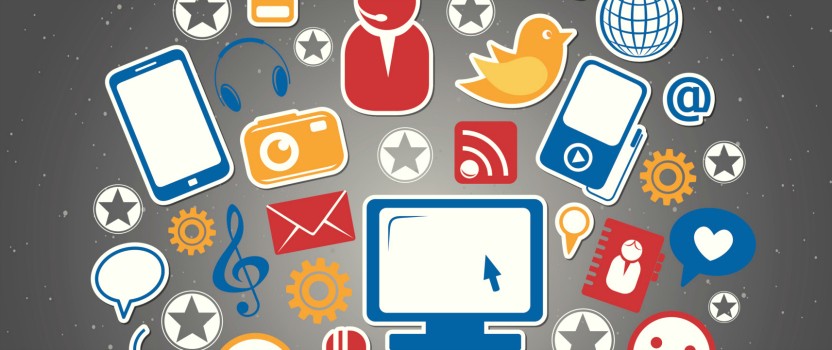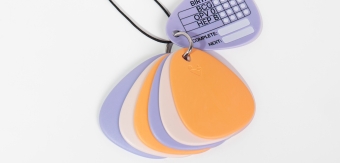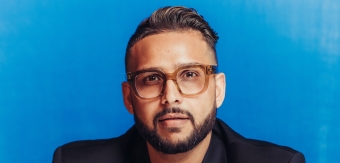Last Sunday Facebook surprised the world. Without waiting for their market flotation later this week - and like a big shot investment banker casually ordering the 1900 Cristal Brut - the social network laid down $1b in cash and stock to acquire Instagram.
To the planet's corporate boardrooms, this was surprising as the price tag exceeded Facebook's previous high value acquisitions by a factor of ten. To mere mortals it was surprising because a billion dollars will always surprise people like us. After all, we're dazzled by a modest million (a figure still reserved for lottery winners and rail franchise operators in our minds.)
So, what does a company get for a billion dollars? Well, in this case, they get a firm which is no more than eighteen months old, employs thirteen people and has a balance sheet showing not a cent in profit. How on earth can that be worth a billion dollars? The technology, right? It must be the legendary 'killer app'. Actually, that's hard to see. If you haven't used Instagram, you might imagine it's a life-changing experience, but it really isn't. Here's what happens:
- You take a photo on your smart phone (Android or Apple)
- You launch Instagram
- You choose a filter and apply it to your photo
- You share the photo across the net
And that is pretty much it. Not so much 'I wish I'd thought of that', more 'I never thought that would be worth tuppence'.
But Instagram has gained some impressive traction with smart phone users. Last month it reported 30 million active users (dizzying numbers again), so one might suppose Facebook is buying that audience. That's unlikely. For starters, many of those 30 million punters will already be Facebook users and what's more, Facebook itself has almost 900 million users posting 100 million photos a day. They have no need to purchase such a relatively tiny niche.
Perhaps Facebook saw Instagram's rapid success as a threat. Today's 30 million members could be next year's 300 million, so a trip to the bank to bring the competition into the fold is probably a smart move. Again, I don't really see this as probable. As we've established, even if Instagram does build its user base to hundreds of millions, it's likely the vast majority would already have Facebook accounts, too. Instagram could never have been a commercial threat to Facebook.
So far, so confusing. If Instagram has no revenue (the app is free), only a fraction of Facebook's membership and some fairly ordinary technology - what made it worth $1b to the Zuckerberg crew? Popularity, data and spoiler value - that's what.
I'll explain. A firm like Instagram is set up to be bought. They have no viability on their own as they give away their core product. Their business model depends on producing an increasingly popular tool before offering themselves for sale. Their asset is the popularity - and that should never be underestimated. Facebook has the money and power to leverage that popularity in a way Instagram alone never could.
Of course, 30 million users also throw out big slabs of data. Who is taking photos of what, where and with whom may be of only fleeting interest to you and me - to Facebook that kind of information is spun gold. Facebook thrives on the behaviour of its users, insight into that behaviour is the key to Facebook's future and Instagram gives them plenty of insight.
Finally, Facebook is wealthy enough to indulge in a bit of impulse buying. Much like our tendency to pick up a chocolate bar as we stroll around the supermarket, Facebook can grab companies which strike them as sweet and tasty - there needn't be a complex strategy involved. Indeed, when you're Facebook, you can actually buy firms to simply prevent anyone else from buying them.
And that's why Facebook bought Instagram.
Magnus Shaw - blogger, writer and broadcaster
www.magnusshaw.co.uk
www.creativepool.co.uk/magnusshaw



